Production 3D Printer Turns Sawdust to Digitally Grained Components
May 19, 2021 | Bill Esler
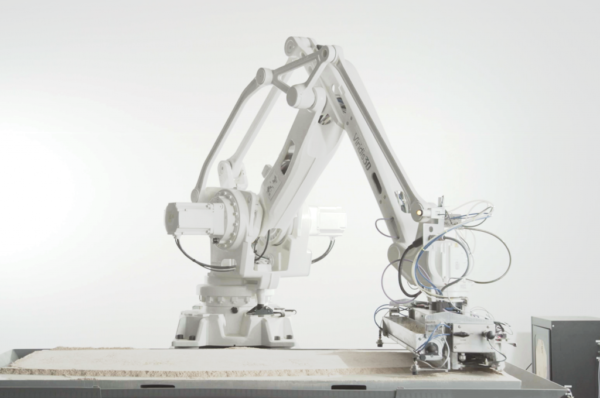
Boston, MA – Desktop Metal (NYSE: DM) is known for pioneering 3D printing for mass production of solid metal parts. 3D printing — also known as additive manufacturing — is rapidly gaining acceptance as a means of supply chain fulfillment for durable screws, nuts, bolts, and small fixtures essential to industries ranging from aerospace, defense, and electronics, down to automotive, and even furniture and cabinets.
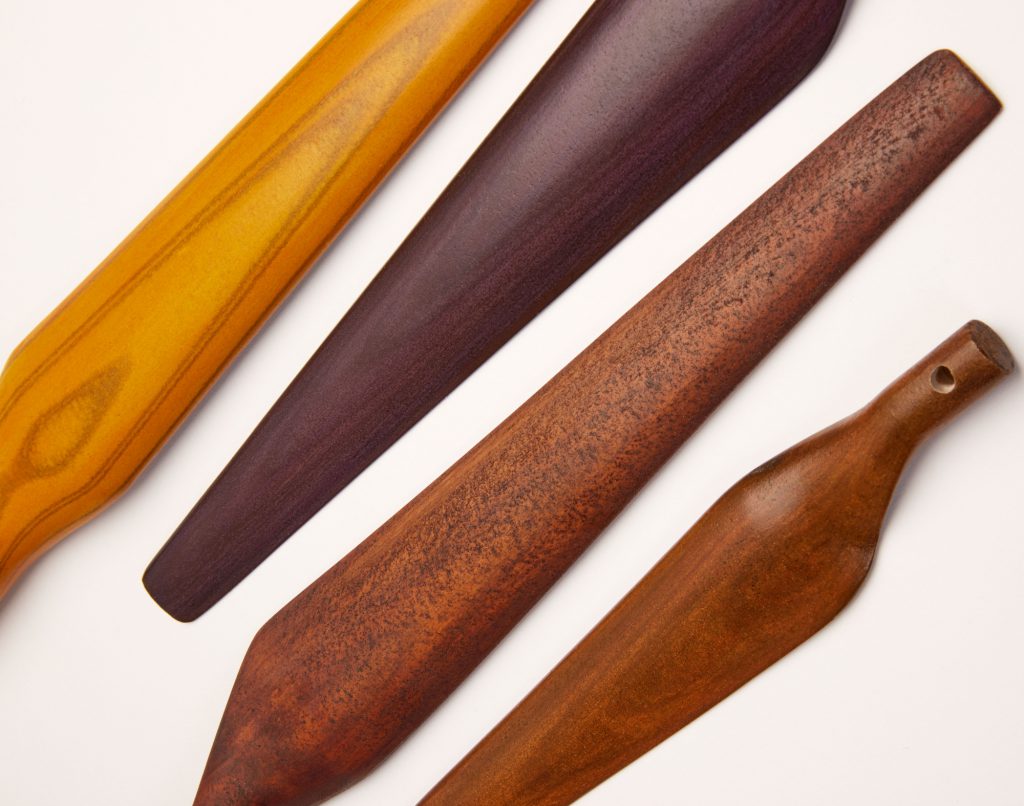
Now Desktop Metal has developed a technology capable of mass producing wood components with the launch of Forust™ to bring to market a new process to sustainably produce functional end-use wood parts using its patented single pass binder jetting additive manufacturing technology. The Forust process upcycles waste byproducts from wood manufacturing (cellulose dust) and the paper industry (lignin) and re-materializes functional wood parts through a high-speed 3D printing process that establishes a digital grain pattern throughout the part.
The system uses recycled sawdust and bio-epoxy resin composite to produce panels with a flexural strength comparable to wood. The system employs advanced CAD software, proprietary materials and Desktop Metal binder jetting mass production platforms. A Forust-configured Shop System features a compact, high-speed, single-pass print engine, making it ideal for batch-production of small- to medium-sized wood parts.
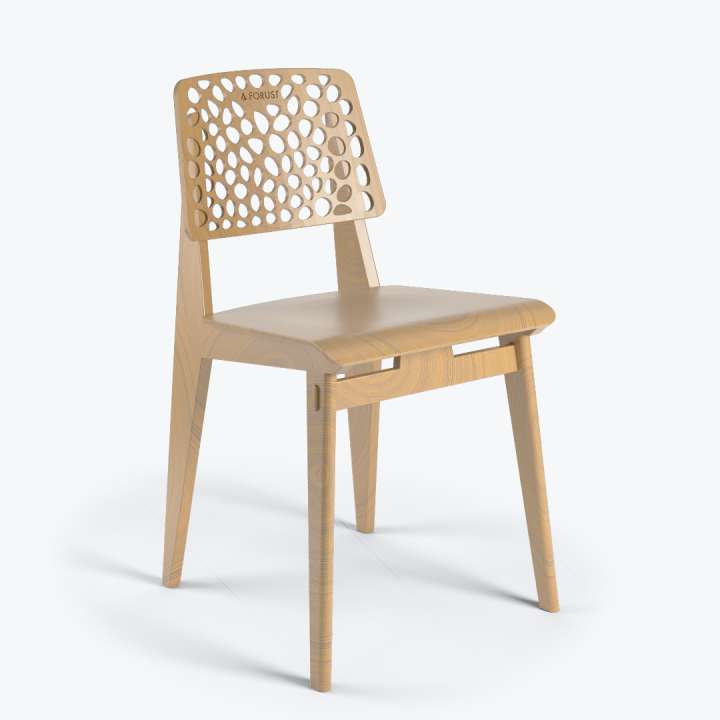
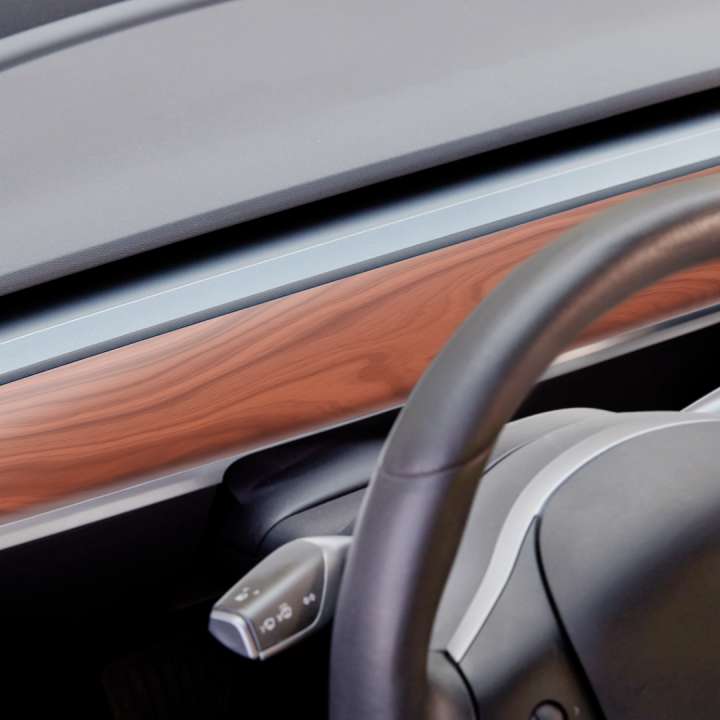
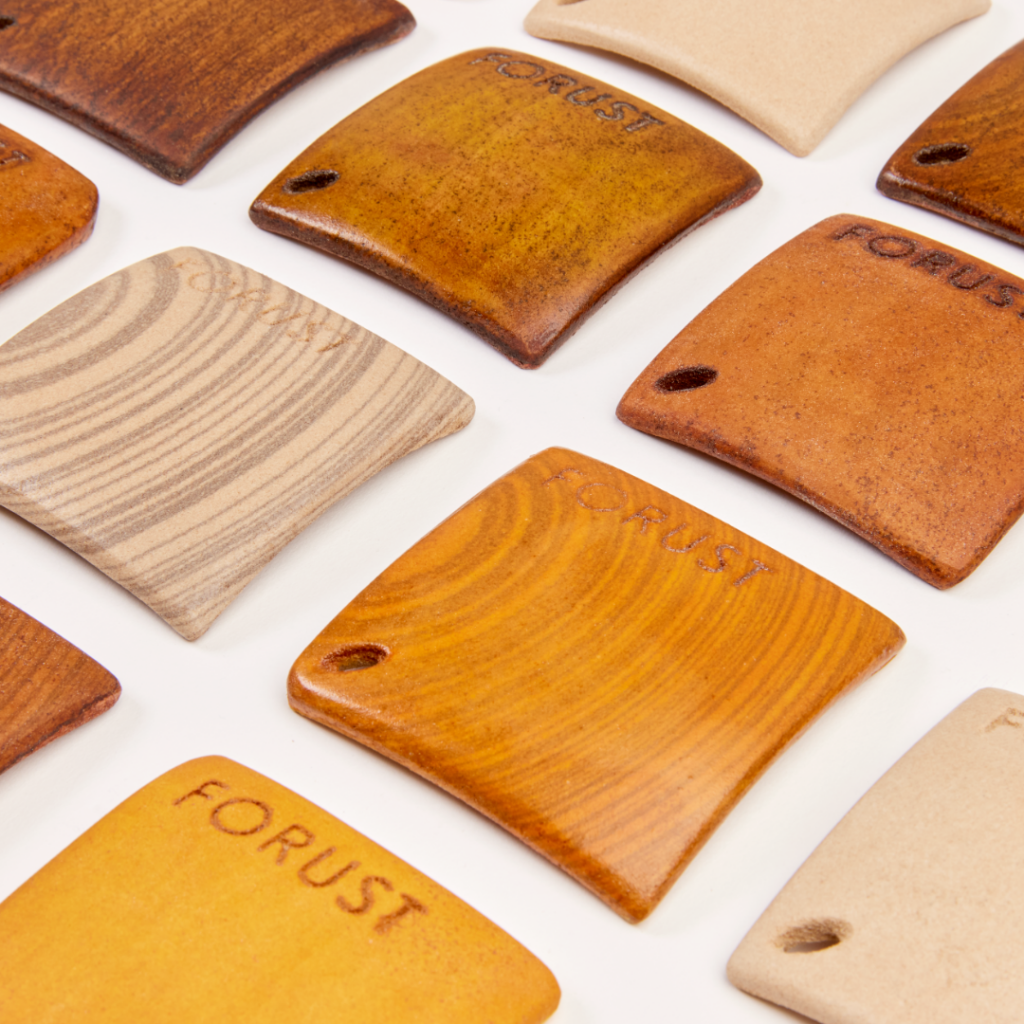

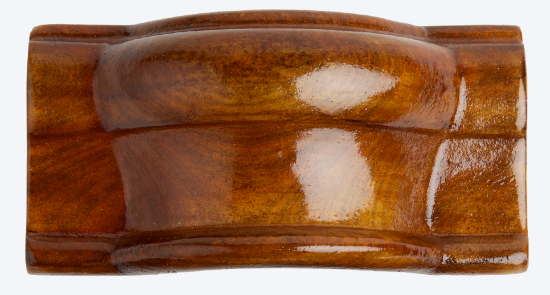
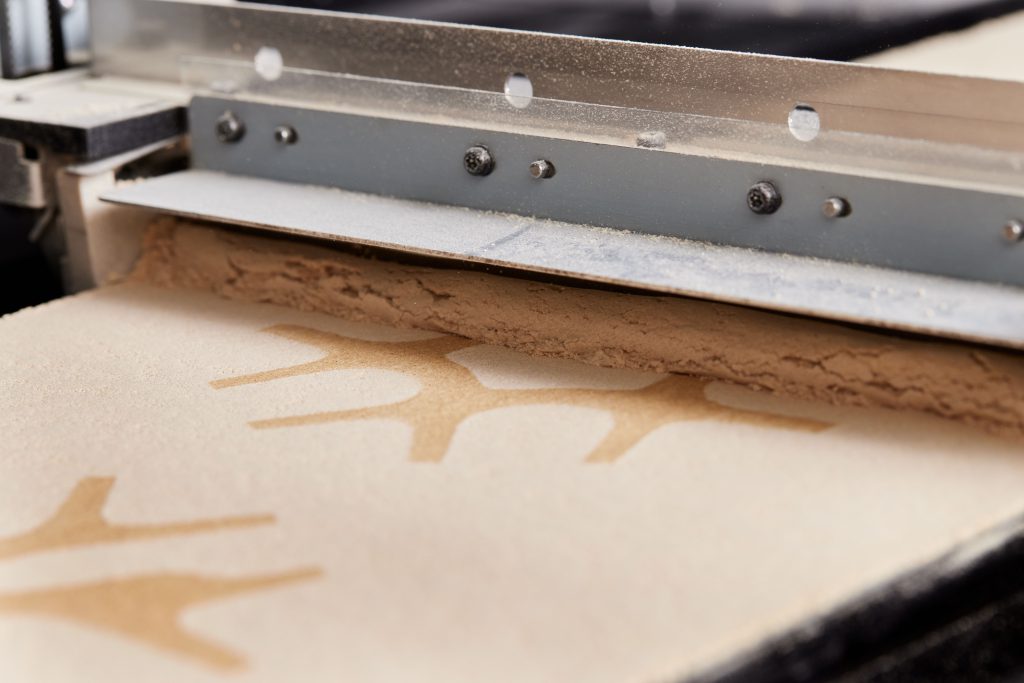
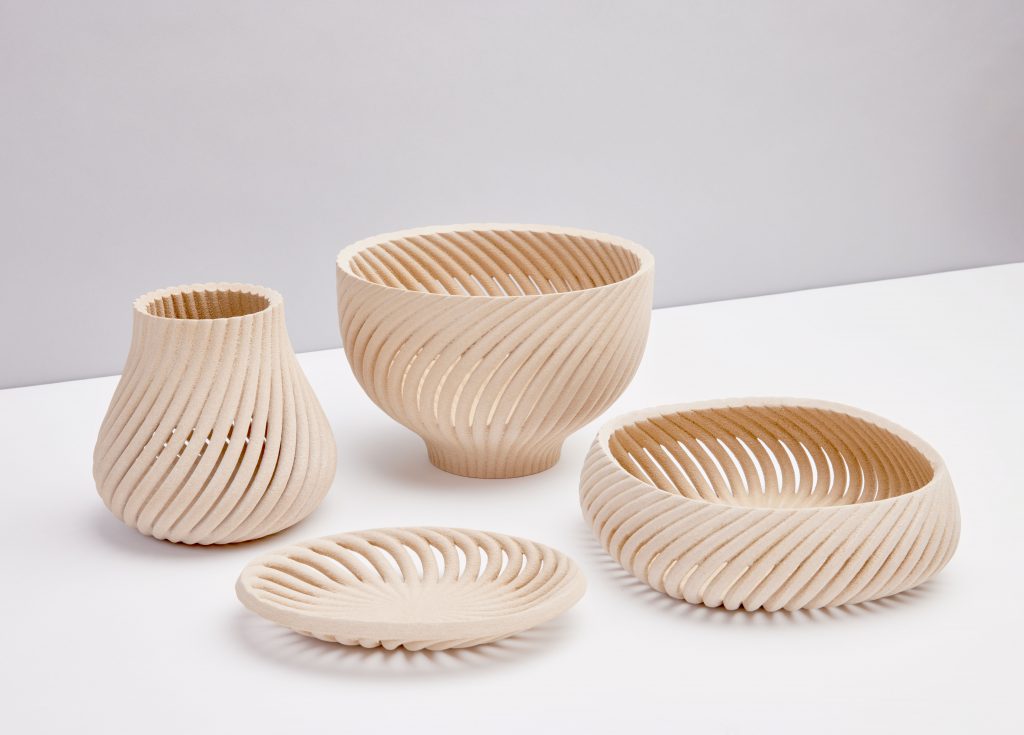
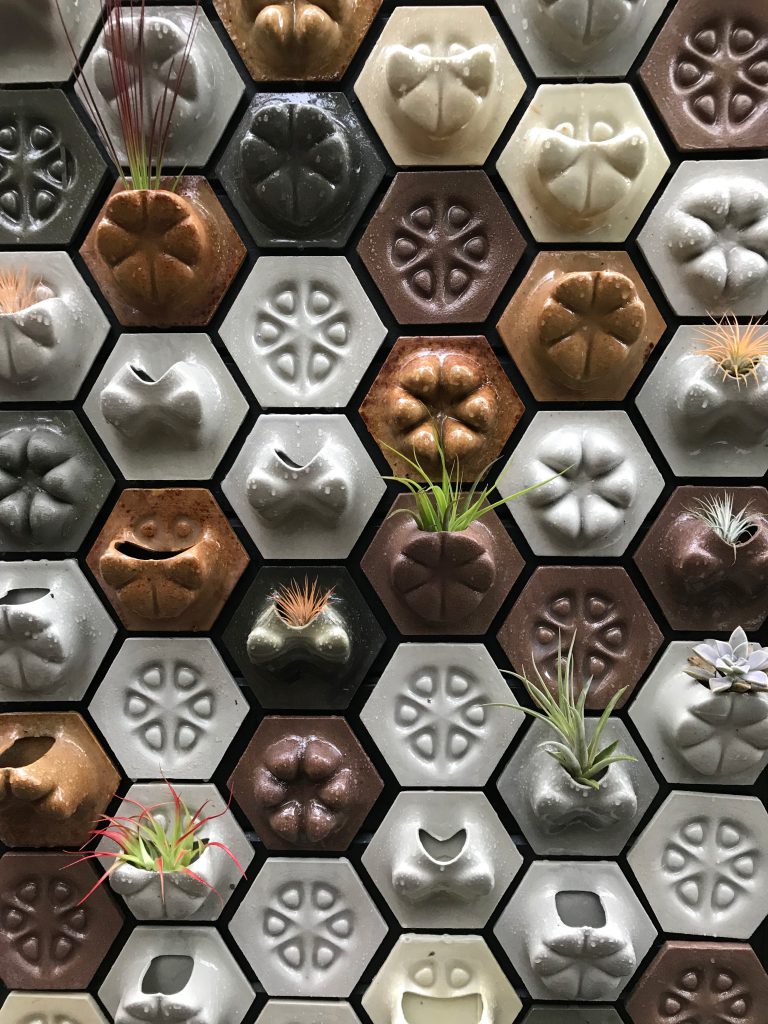
Forust is the world’s first manufacturing process to use additive manufacturing to upcycle wood byproducts for the production of custom and luxury wood designs. Aimed at the production of custom and luxury wood designs, the Forust product differs from particleboard or laminate, since the wooden part has a digital grain that flows throughout the entire part, and which can then be sanded and coated. Software has the ability to digitally reproduce nearly any wood grain patterns for any species, including rosewood, ash, zebrine, ebony, and mahogany.
Businesses are invited to visit the Forust website — www.forust.com — to order samples and custom wood designs, and manufacturers can engage with Forust to develop unique wood parts for their end-use products.
Forust founders say it began with a vision to transform wood byproducts into finished wood products, combining both stunning design and functionality. It was led by industry veteran and ceramics 3D printing pioneer, Andrew Jeffery, who previously served as president of Boston Ceramics.
The Forust team brings decades of collective experience in additive manufacturing, materials research, and computer aided design to solve the challenge of sustainability in finished wood parts. Jeffery is joined by co-inventors and creative consultants in industrial design, Virginia San Fratello, chair of the Department of Design at San Jose State University, and Ronald Rael, professor and chair of the Department of Architecture at the University of California Berkeley, both of whom are also founding partners of 3D printing company, Emerging Objects.
The Forust process combines two waste streams from traditional wood production, sawdust and lignin, to sustainably produce isotropic, high-strength wood parts. Depending on the size of the parts, Forust can manufacture wood products using either the Shop System or a custom version of the new RAM 336 3D printer, which supports prints up to two cubic meters in volume at speeds in excess of 100 liters of parts per hour.
During the printing process, layers of specially treated sawdust are spread and selectively joined by a non-toxic and biodegradable binder. Digital grain is printed on every layer and parts can then be sanded, stained, polished, dyed, coated and refinished in the same manner as traditionally manufactured wood components.
“Forust offers nearly unlimited design flexibility,” says Jeffery. “From exotic grain structures to grainless wood, we can digitally reproduce wood textures and myriad grain types. Because they are made from a wood and bioresin compound, these parts exhibit the functionality and stiffness in line with conventional wood. Our finished pieces are indistinguishable from traditionally manufactured wood products you would find in a store. The additive manufacturing process literally becomes invisible.”
Jeffrey says the development process is based on extensive research conducted over the past decade in the field of hardwood lumber, leading to complex and elegant finished structures. “Through advanced CAD software, proprietary materials and Desktop Metal binder jetting mass production platforms, we can now manufacture beautiful, functional and innovative wood products,” Jeffrey says.
Ric Fulop, CEO of Desktop Metal, says there are many applications where polymers and plastics are used today that can be cost-effectively replaced with manufactured wood parts – luxurious, high-end components in interiors, consumer electronics, instruments, aviation, boats, home goods and eventually in flooring and exterior roofing applications. “For the first time, we can produce beautiful parts with the same durability and characteristics you would have in traditionally manufactured wood, but printed using upcycled materials which does not require cutting down or harvesting trees,” Fulop says.
The company principals say that Forust is set to revolutionize volume production of wood parts through a completely digital manufacturing process:
1. Streamlined Production of Complex Wood Designs
Because Forust produces parts additively layer by layer without the need for supports, designers have the freedom to create complex features and iconic designs that would be difficult or impossible to produce with traditional woodworking methods.
2. High-Quality Materials and Finishes
Unlike particle board or laminate, Forust produces a wooden part with a digital grain that flows throughout the entire part that can be sanded and refinished. Software has the ability to digitally reproduce nearly any wood grain, including rosewood, ash, zebrano, ebony and mahogany, among others. Parts will also support a variety of wood stains at launch, including natural, oak, ash, and walnut.
3. Cost-Effective Carbon Footprint Reduction with On-Demand Manufacturing
Forust’s process and materials are designed to offer easy access to an end-to-end sustainable manufacturing solution. Manufacturers and designers can submit their own custom designs for printing, order samples or pursue high-volume partnerships to produce custom, 3D printed wood pieces in volume for use in their products. Additive manufacturing enables digital on-demand production, which minimizes material waste, on-the-shelf inventory, and shipping pollution while offering hand-crafted quality at an accessible price.
“We want to make it easy for designers to explore complex new geometries for a wide variety of products and applications using an age-old material,” says Jeffery. “At the end of the wood product’s life, we would like to see customers have two choices: dispose of it and it will biodegrade over time as any wood product would, or shred it and repurpose the material into future parts through Forust. Our vision is a true circular manufacturing process.”
The global finished wood products market is expected to reach $1.8 trillion by 2027. From everyday home goods to high-end, architectural detailing, Forust can create functional parts for virtually any wood application with an environmental footprint that’s greatly improved over conventional manufacturing. Architects, interior and industrial designers, manufacturers and even consumers can visit www.forust.com to upload and order custom designed wood pieces, such as:
- Architectural accents, including one-of-a-kind decorative panels, custom wood inlays and panels, tiles, hardware and more;
- Luxury interior components in a wide range of finishes and materials, including rare and exotic grain structures, for vehicles, yachts and high-end homes;
- Furniture pieces, including cabinetry doors, chairs, accents, tables and designs with 3D geometry previously difficult or impossible to manufacture through conventional woodworking methods; and
- Home goods products ranging from flowerpots, bowls and picture frames, to textured blocks, bathroom accessories, desk accessories, sculptures, tiles and more.
An array of consumer home goods pieces designed by Forust and others in collaboration with talented independent designers and brands, is now available for purchase at www.forust.com/store. A collection created by industrial designer and founder of fuseproject, Yves Béhar, is among the first designer products available in the webstore. The Vine collection, which includes a vessel, bowl, basket, and tray, honors the warmth and familiarity of the wood material with curving, organic forms that extrude from a singular point and twist up into a repeating pattern.
About Forust and Desktop Metal
Forust, a wholly-owned subsidiary of Desktop Metal, makes high-volume additive manufacturing of end-use wood parts possible with stunning designs that are affordable and sustainable. The Forust process applies the speed, precision and quality of binder jet additive manufacturing technology to produce strong, lightweight wood parts created from wood waste streams such as wood sawdust and lignin. The mission is to develop responsible material value chains that are critical to achieving net-zero carbon emissions and building a sustainable future. Led by industry veteran and 3D printing pioneer, Andrew Jeffery, co-founder and CEO, Forust is based in Burlington, MA. For more information, visit www.forust.com.
Desktop Metal, Inc., based in Burlington, MA, is accelerating the transformation of manufacturing with an expansive portfolio of 3D printing solutions, from rapid prototyping to mass production. Founded in 2015 by leaders in advanced manufacturing, metallurgy, and robotics, the company is addressing the unmet challenges of speed, cost, and quality to make additive manufacturing an essential tool for engineers and manufacturers around the world. Desktop Metal was selected as one of the world’s 30 most promising Technology Pioneers by the World Economic Forum and named to MIT Technology Review’s list of 50 Smartest Companies. For more information, visit www.desktopmetal.com.
Apply to Exhibit
Grow your business at the premier global woodworking trade show.
Show Hours & Location
International Woodworking Fair
Tuesday–Friday
August 6–9, 2024
Tuesday–Thursday
8:30 AM–5:00 PM*
Friday
8:30 AM–2:00 PM*
*Building A opens 7:30 AM Tue-Fri
Georgia World Congress Center
285 Andrew Young International Blvd
Atlanta, GA 30313
